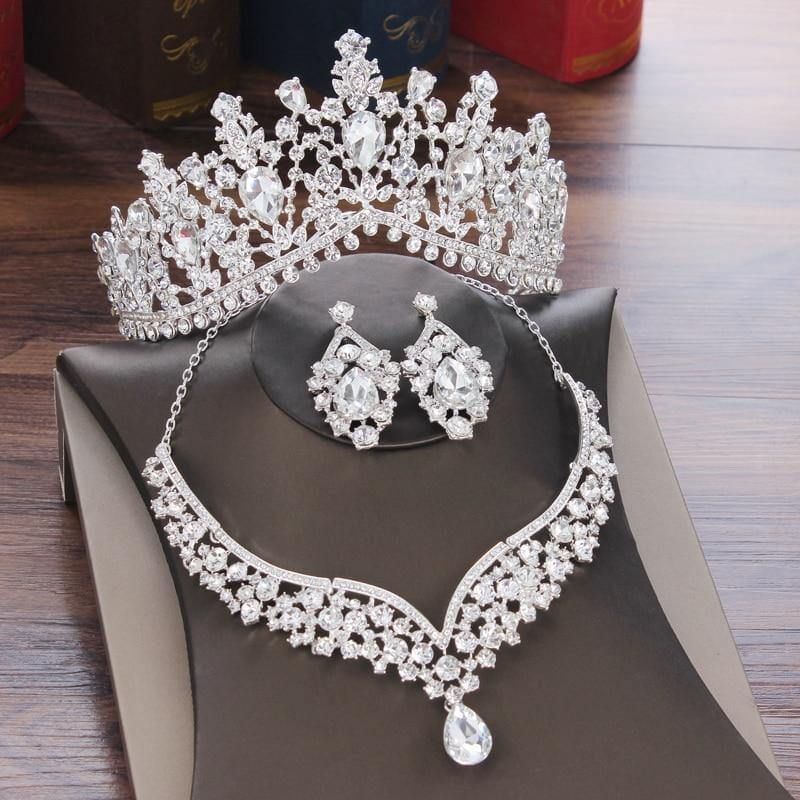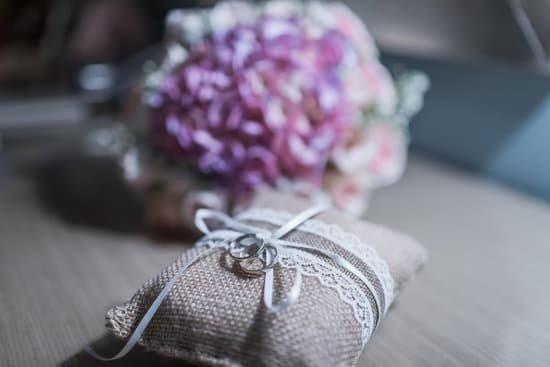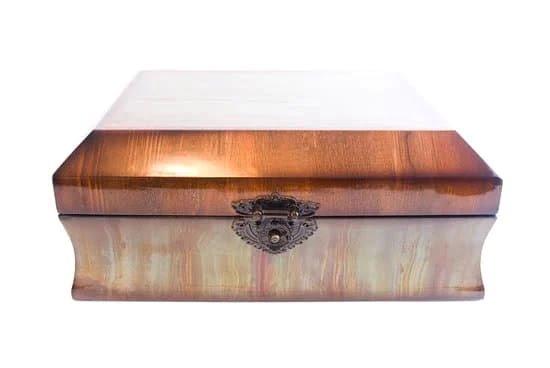Soldering is the process of joining two pieces of metal by melting a small amount of solder alloy to the pieces, which then cools and hardens, forming a permanent bond. Soldering is most commonly used in jewelry making to join metal findings, chains, and charms to a base metal like copper, brass, or silver.
The most important factor when soldering is achieving a good, solid joint. This means that the solder should completely fill the joint and that the metals being joined are clean and free of oils and contaminants. In order to achieve this, it is important to use the right kind of solder for the job, as well as the right temperature and technique.
There are many different types of solder available, each with its own unique properties. The most common solder for jewelry making is a lead-free, silver-bearing solder alloy. This alloy is composed of a combination of metals, including silver, copper, and zinc. It is available in a variety of colors, including silver, gold, and rose gold, and it has a low melting point, making it easy to use.
To solder jewelry, you will need a soldering iron, solder, and flux. The soldering iron is a hand-held tool that heats the solder and allows it to be applied to the joint. The solder is a metal alloy that is melted and then cooled to form a bond between the two pieces of metal. Flux is a chemical that is used to clean the metal and help the solder to adhere to the surface.
The first step in soldering is to flux the joint. Apply flux to both pieces of metal that will be joined and use a brush or Q-tip to spread it around. Next, heat the solder with the soldering iron. The solder should be melted and applied to the joint. Use a steady hand to apply the solder, and make sure that it fills the entire joint. Hold the soldering iron in one hand and the solder in the other. Do not move the soldering iron around, as this will cause the solder to spread and may not create a solid joint.
Once the solder has been applied, hold the pieces of metal together until the solder cools and hardens. This can take a few seconds to a few minutes, depending on the size of the joint and the type of solder used. Once the solder has cooled, the joint should be strong and durable.
Jbt Jewelry
Blog
Welcome to the Jbt Jewelry Blog!
Our blog is a resource for both consumers and professionals, providing information on the latest trends and designs in the jewelry industry.
We cover a range of topics, including:
-Latest jewelry trends
-Design inspiration
-How to wear jewelry
-Jewelry care tips
-And more!
We hope you enjoy our blog and find it useful!
How To Solder Jewelry For Beginners
Soldering is an essential skill for jewelry makers. It joins metal pieces together permanently, and it’s also a great way to add detail and decoration to your work.
The good news is that soldering is a skill that can be learned relatively easily. With a little practice, you’ll be able to create beautiful pieces of jewelry that are both strong and secure.
In this tutorial, I’ll show you the basics of soldering jewelry. I’ll explain what you need to get started, and I’ll also share some tips and tricks that will help you to improve your skills.
So, let’s get started!
What You Need
To solder jewelry, you’ll need a few basic tools and supplies. Here’s a list of what you need:
-Soldering iron
-Solder
– flux
-Soldering pad or a work surface that can withstand heat
-Wire cutters
-Pliers
In addition, you’ll also need some metal jewelry pieces to solder together.
The Soldering Process
The soldering process is pretty simple. Here’s a basic overview:
1. Apply flux to the metal pieces that you want to solder together.
2. Apply heat to the soldering iron, and then use it to melt the solder.
3. Touch the soldering iron to the metal pieces, and hold it there until the solder melts and joins the pieces together.
4. Remove the soldering iron, and allow the solder to cool and harden.
That’s it! It may take a little practice to get the hang of it, but once you’ve mastered the basics, you’ll be able to solder just about anything.
Tips and Tricks
Here are a few tips and tricks that will help you to improve your soldering skills:
-Use flux: Flux helps the solder to flow smoothly, and it also helps to prevent oxidation.
-Keep your soldering iron clean: A clean soldering iron will heat up more quickly and will produce a stronger joint.
-Use a damp sponge: A damp sponge can be used to clean the soldering iron’s tip.
-Don’t overheat the metal: If the metal gets too hot, it will become brittle and will break easily.
-Be patient: soldering takes time and patience. Don’t try to rush it.
These are just a few basic tips. For more information, be sure to check out some of the excellent online tutorials and resources that are available.
Now that you know the basics of soldering, it’s time to give it a try! Grab some metal jewelry pieces and some solder, and start practicing. The more you practice, the better you’ll become, and before you know it, you’ll be a soldering expert.
Polishing Tools For Jewelry
There are a variety of polishing tools that can be used to clean and polish jewelry. Many of these tools can be found in your home, while others may require a trip to the hardware store.
The most common tool for polishing jewelry is a soft cloth. A cloth can be used to clean off dirt and debris from the jewelry, as well as polish the metal. You can use a variety of cloths, such as a cotton ball, a piece of flannel, or a soft-bristled brush.
Another common polishing tool is a toothbrush. A toothbrush can be used to clean hard-to-reach areas of the jewelry, as well as polish the metal. Be sure to use a soft-bristled toothbrush, and avoid using a toothbrush that has been used to brush teeth.
If you need to remove tarnish from jewelry, you can use a polishing compound. Polishing compounds can be found at most hardware stores, and they come in a variety of forms, such as a paste, a powder, or a cream. Be sure to read the instructions on the polishing compound before use, as each type of compound may require a different application method.
In addition to the tools listed above, you can also use a jeweler’s cloth to polish jewelry. A jeweler’s cloth is a special cloth that is designed to clean and polish jewelry. Jeweler’s cloths can be purchased at most jewelry stores, or online.
When polishing jewelry, be sure to use a gentle touch. Polishing too hard can damage the metal and create scratches.
Best Jewelry Glue For Pearls
If you are looking for the best jewelry glue for pearls, you have come to the right place. In this article, we will discuss the different types of glue that are available on the market and explain why each one is a good choice for attaching pearls.
The first type of glue we will discuss is epoxy. Epoxy is a strong adhesive that is perfect for attaching pearls. It is weatherproof and will not break down in water, making it a good choice for use in jewelry that will be worn in wet environments.
Another type of glue that is ideal for attaching pearls is superglue. Superglue is a quick-drying adhesive that is very strong. It is also waterproof, making it a good choice for use in jewelry that will be worn in wet environments.
If you are looking for a glue that is both strong and flexible, you may want to consider using a silicone adhesive. Silicone adhesives are very durable and will not break down in water. They are also flexible, which means that they will not crack or break under pressure.
If you are looking for a glue that is non-toxic and environmentally friendly, you may want to consider using a water-based adhesive. Water-based adhesives are made from organic materials, so they are safe for use in jewelry that will be worn close to the skin. They are also biodegradable, which means that they will not harm the environment when they are disposed of.
Ultimately, the best glue for attaching pearls will vary depending on the specific needs of the project. However, epoxy, superglue, silicone adhesive, and water-based adhesive are all good choices for this application.

Welcome to my jewelry blog! My name is Sarah and I am the owner of this blog.
I love making jewelry and sharing my creations with others.
So whether you’re someone who loves wearing jewelry yourself or simply enjoys learning about it, be sure to check out my blog for insightful posts on everything related to this exciting topic!





